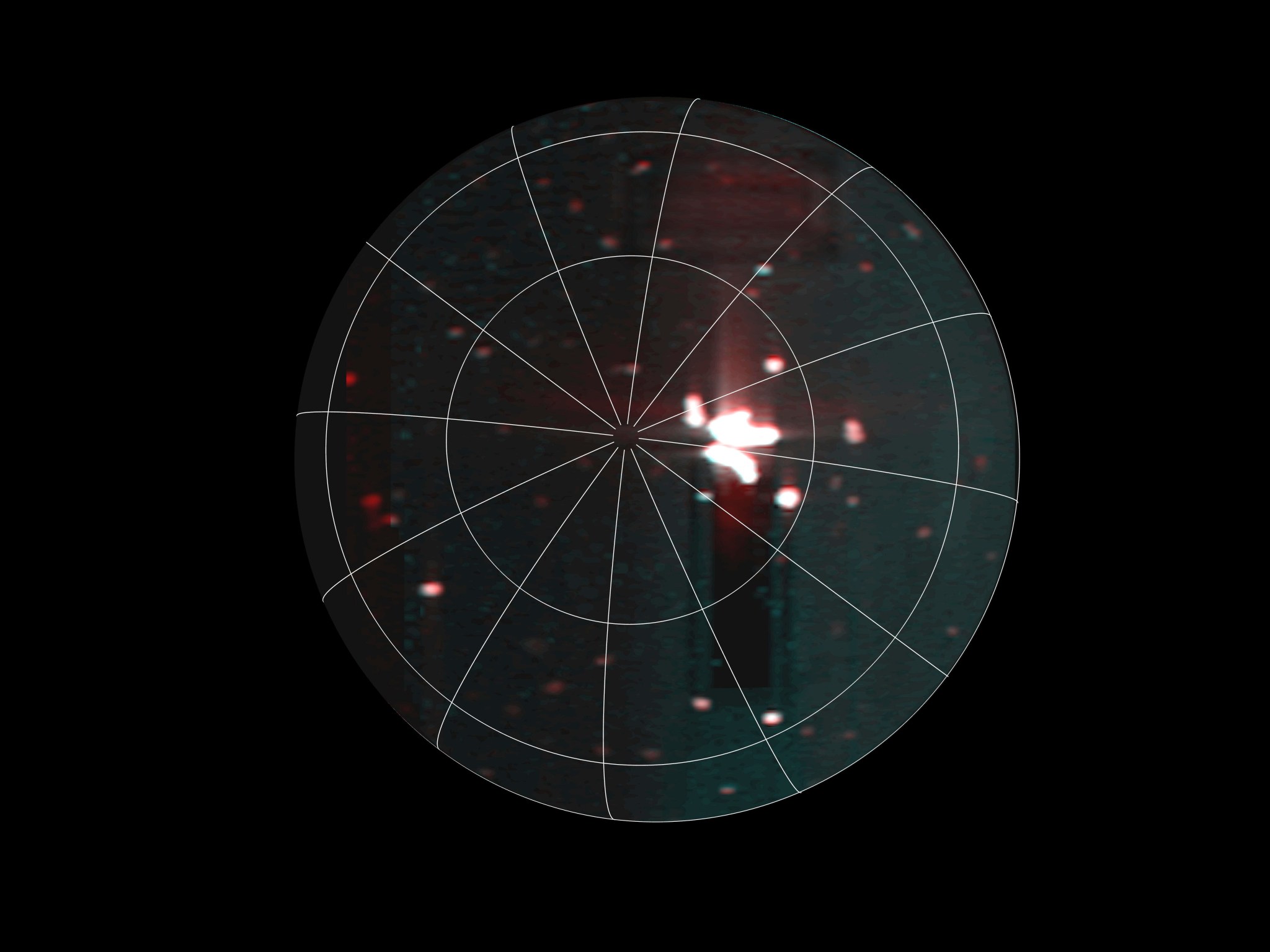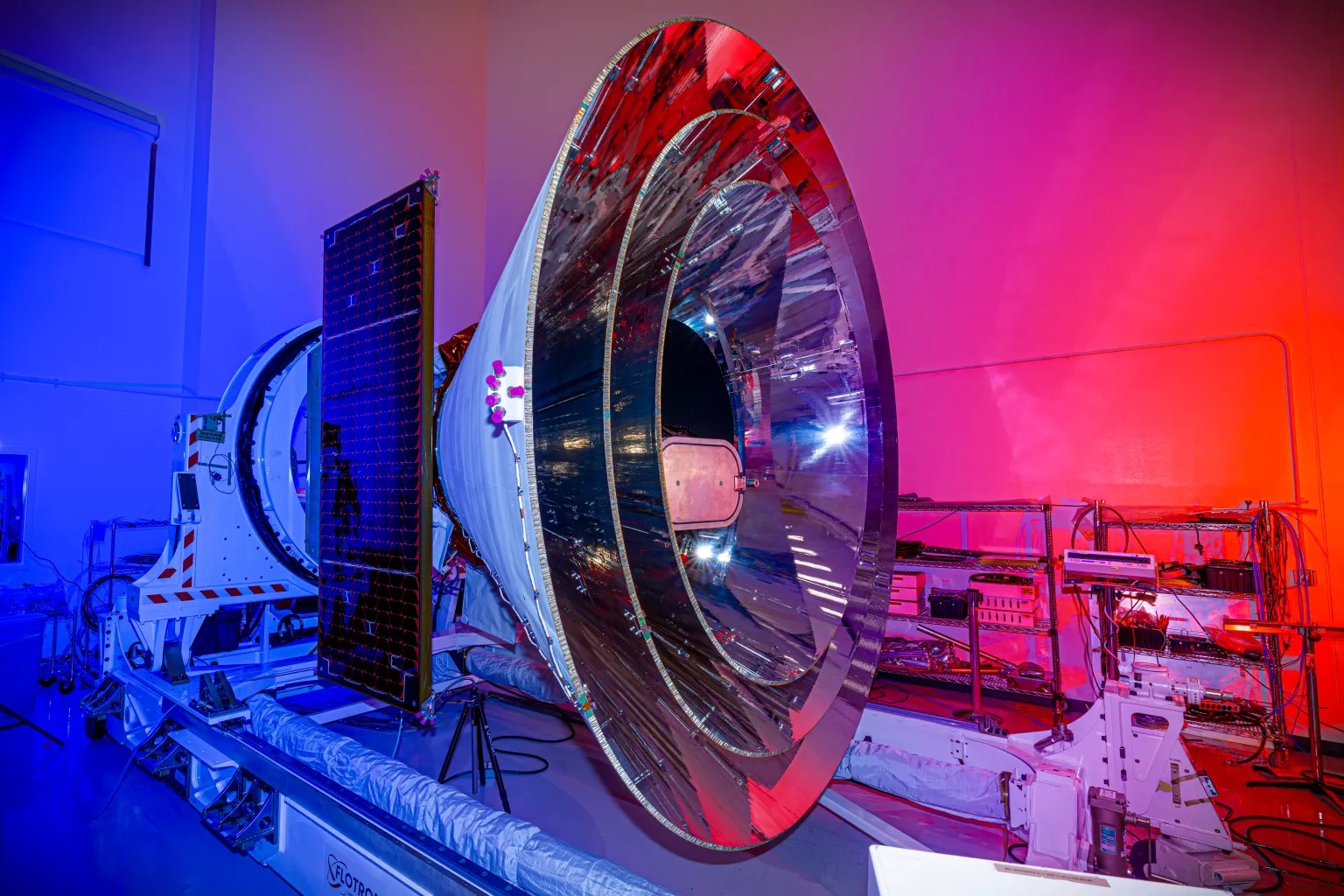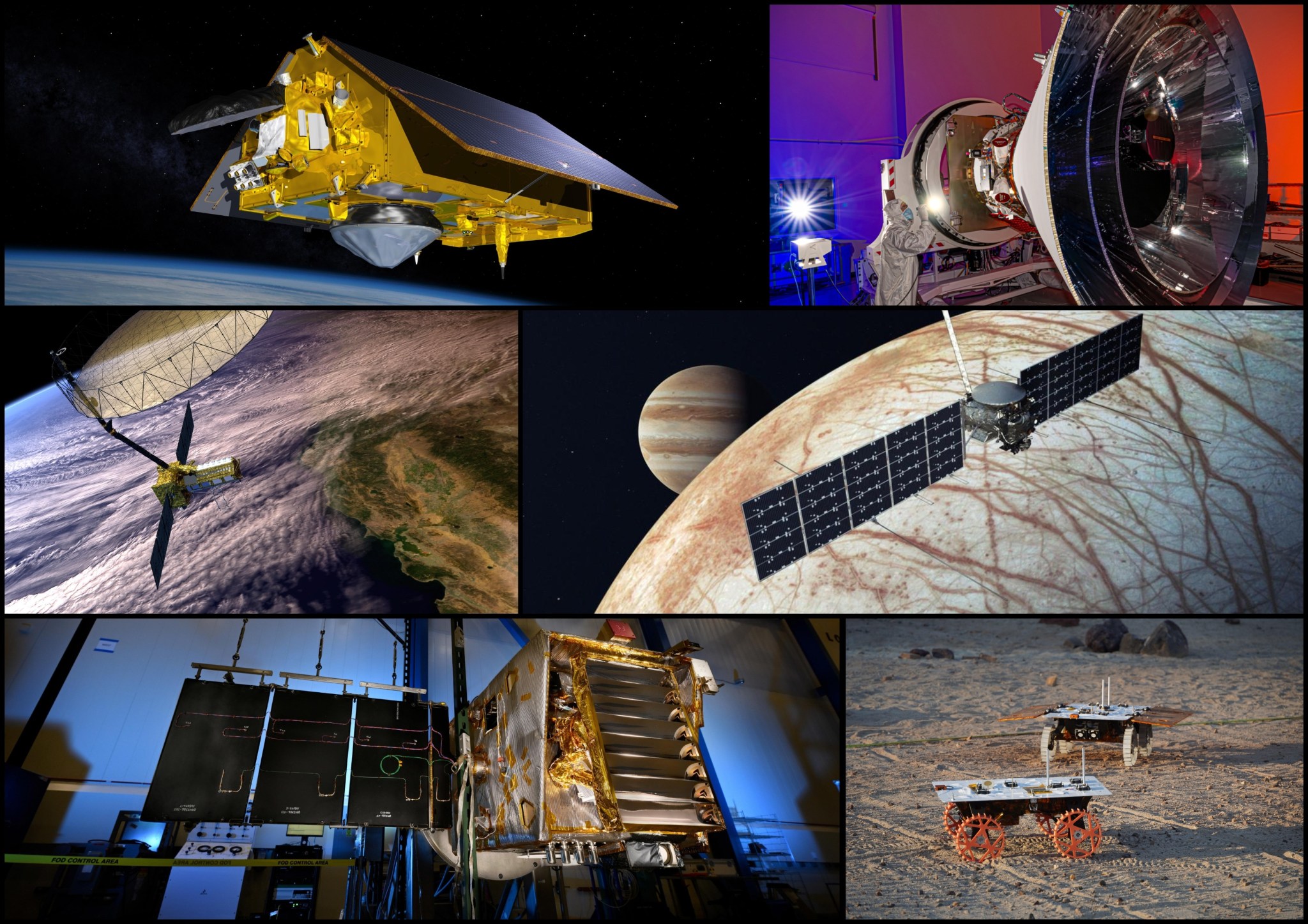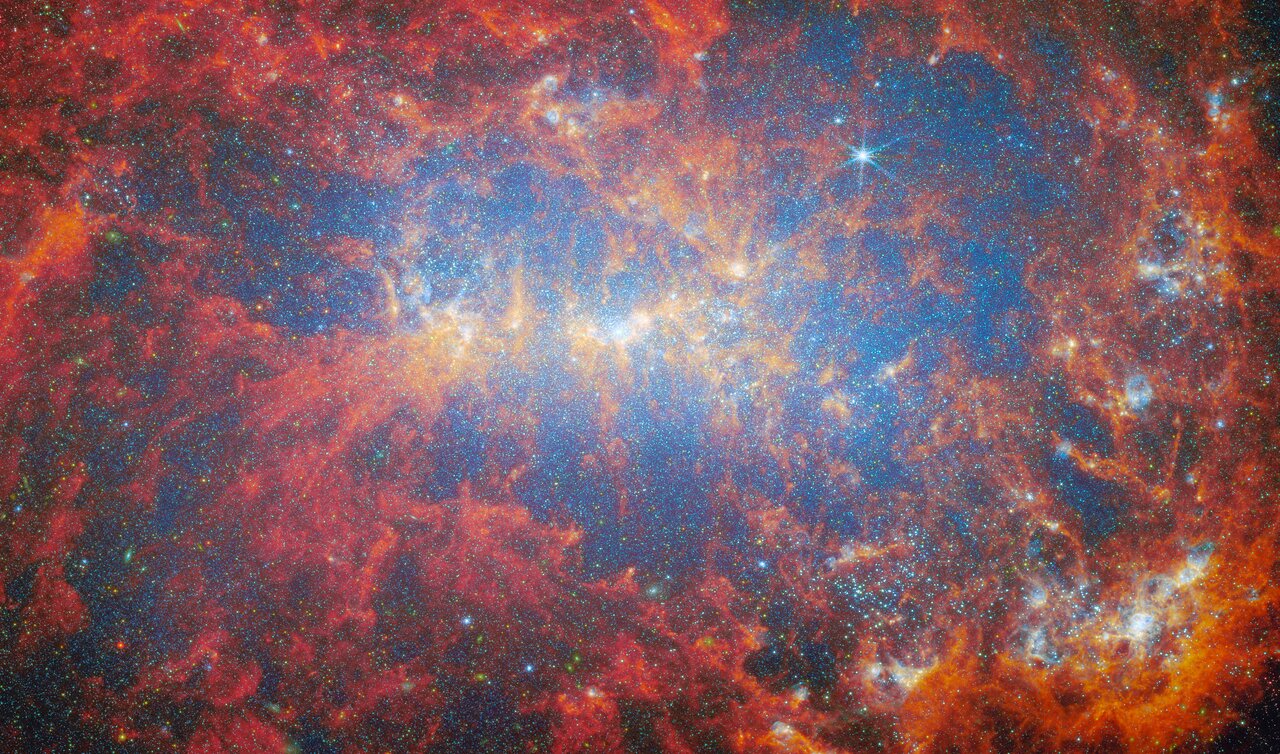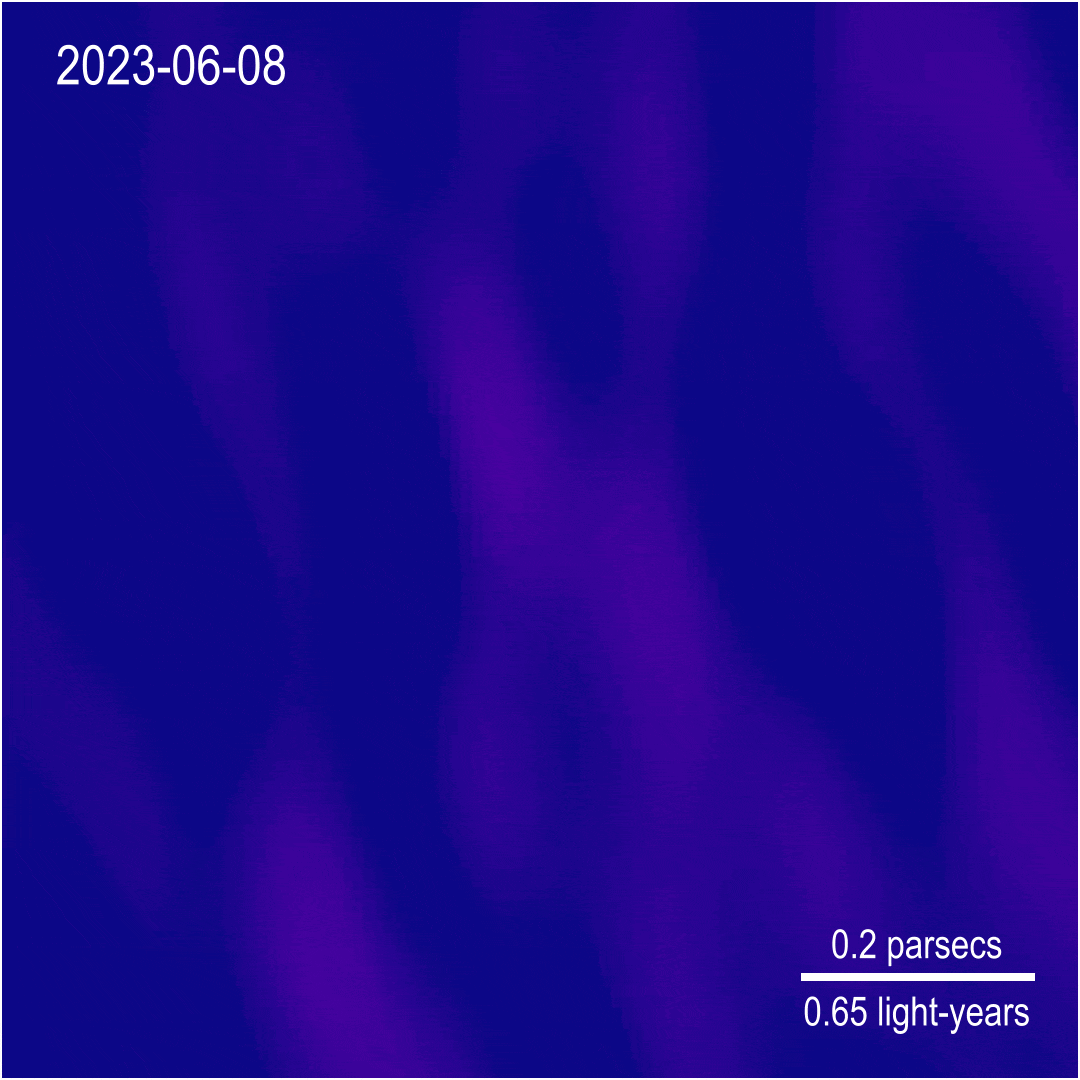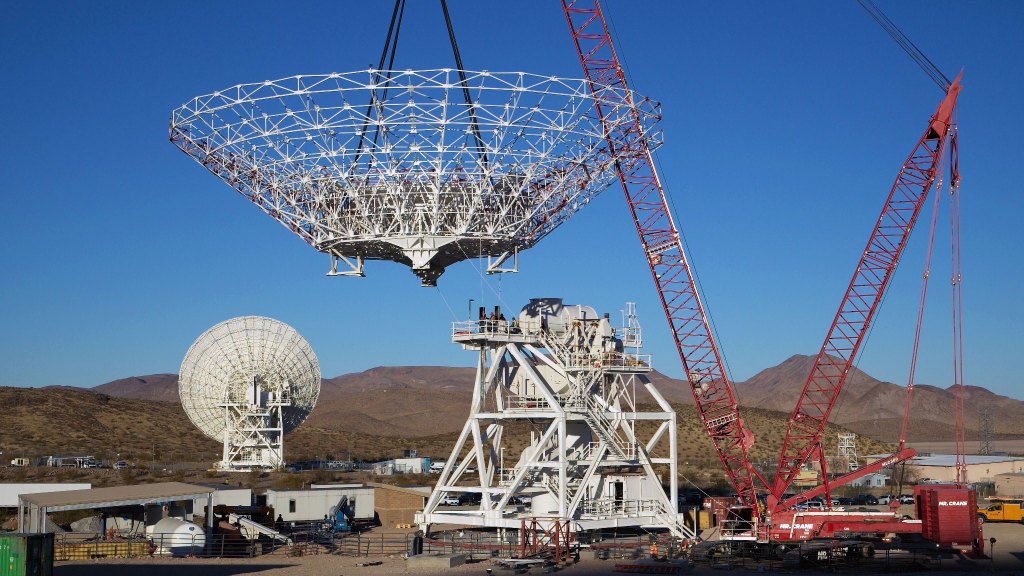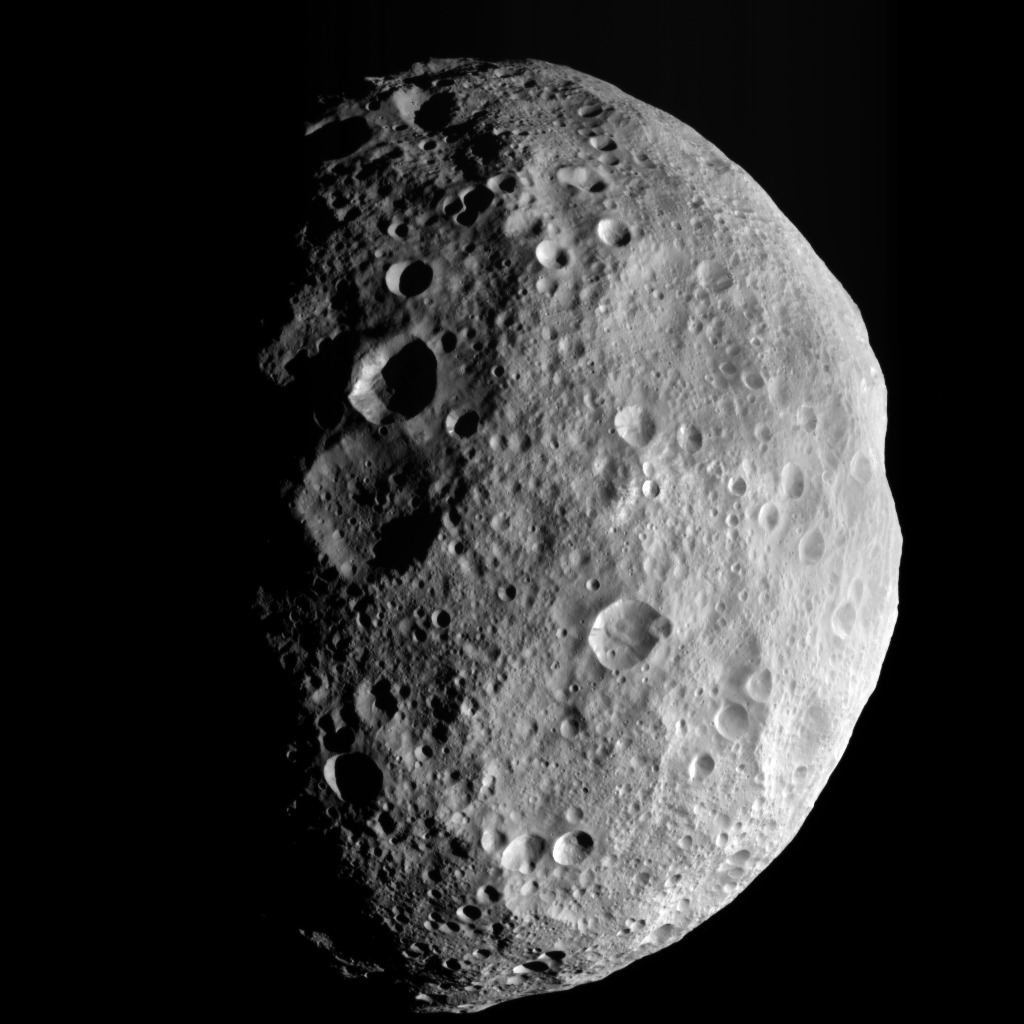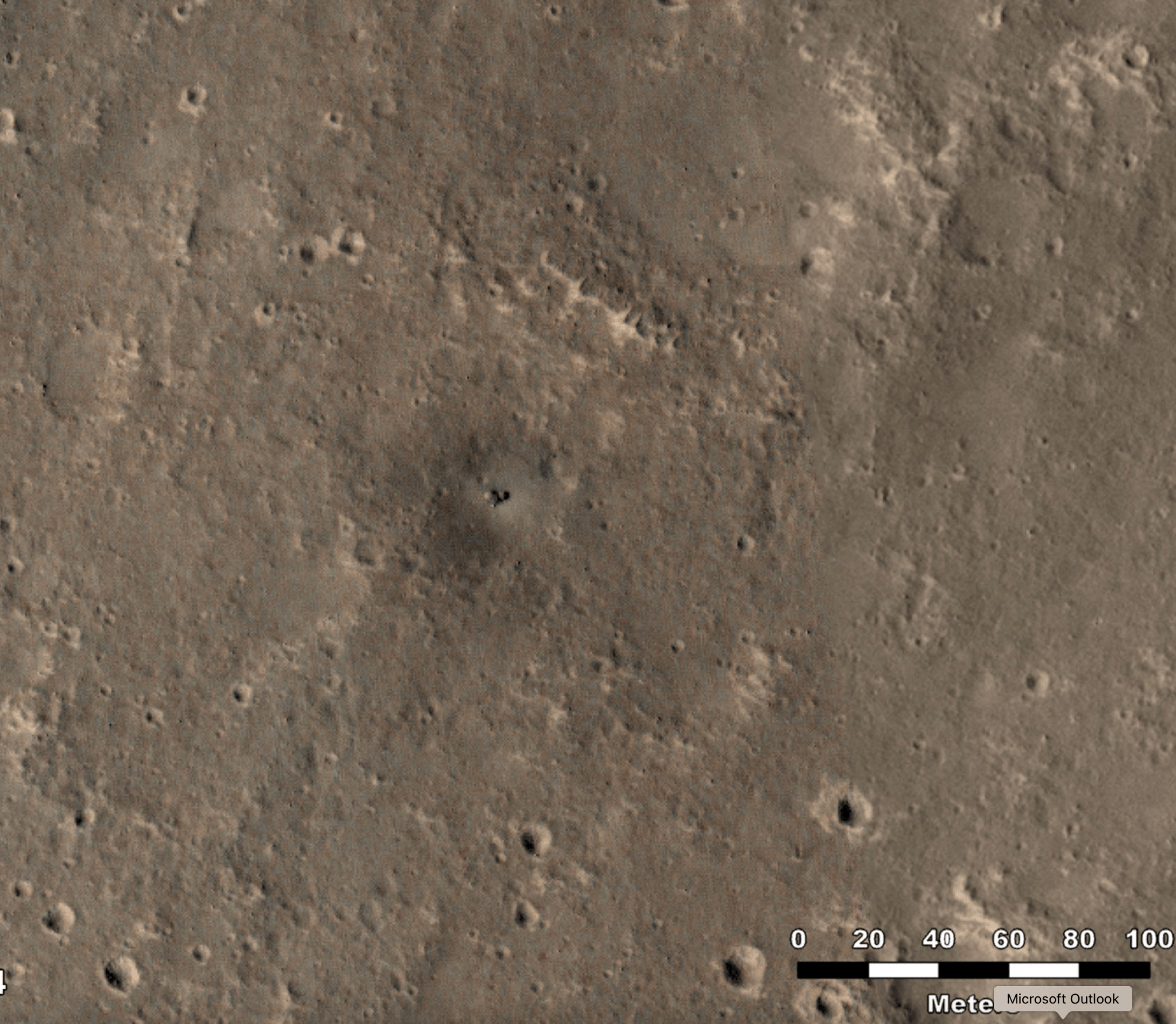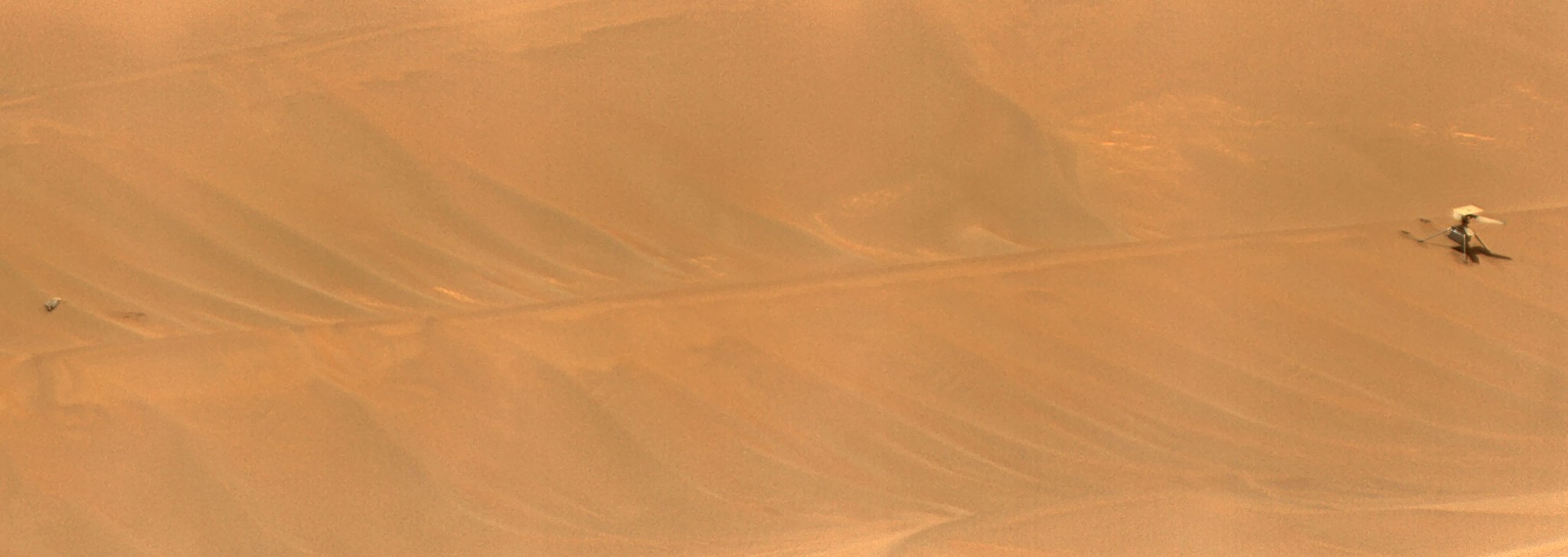5 min read Preparations for Next Moonwalk Simulations Underway (and Underwater) A massive hotspot — larger the Earth’s Lake Superior — can be seen just to the right of Io’s south pole in this annotated image taken by the JIRAM infrared imager aboard NASA’s Juno on Dec. 27, 2024, during the spacecraft’s flyby of the Jovian moon. NASA/JPL-Caltech/SwRI/ASI/INAF/JIRAM Even by the standards of Io, the most volcanic celestial body in the solar system, recent events observed on the Jovian moon are extreme. Scientists with NASA’s Juno mission have discovered a…
Read MoreTag: Jet Propulsion Laboratory
NASA to Preview Sky-Mapping Space Telescope Ahead of Launch
NASA’s SPHEREx space observatory was photographed at BAE Systems in Boulder, Colorado, in November 2024 after completing environmental testing. The spacecraft’s three concentric cones help direct heat and light away from the telescope and other components, keeping them cool. Credit: BAE Systems NASA will host a news conference at 12 p.m. EST Friday, Jan. 31, to discuss a new telescope that will improve our understanding of how the universe evolved and search for key ingredients for life in our galaxy. Agency experts will preview NASA’s SPHEREx (Spectro-Photometer for the History…
Read MoreNASA JPL Prepping for Full Year of Launches, Mission Milestones
NASA JPL is readying for, clockwise from lower right, the launches of CADRE (its engineering models are seen here), Lunar Trailblazer, NISAR (seen in an artist’s concept), Sentinel-6B (artist’s concept), and SPHEREx, as well as the Mars gravity assist of Europa Clipper (artist’s concept). NASA/JPL-Caltech/BAE Systems/Lockheed Martin Space Missions will study everything from water on the Moon to the transformation of our universe after the big bang and ongoing changes to Earth’s surface. With 2024 receding into the distance, NASA’s Jet Propulsion Laboratory is already deep into a busy 2025.…
Read MoreNASA Scientists, Engineers Receive Presidential Early Career Awards
This image from NASA’s James Webb Space Telescope shows the dwarf galaxy NGC 4449. ESA/Webb, NASA & CSA, A. Adamo (Stockholm University) and the FEAST JWST team President Biden has named 19 researchers who contribute to NASA’s mission as recipients of the Presidential Early Career Award for Scientists and Engineers (PECASE). These recipients are among nearly 400 federally funded researchers receiving the honor. Established in 1996 by the National Science and Technology Council, the PECASE Award is the highest honor given by the U.S. government to scientists and engineers who…
Read MoreAstronomers Catch Unprecedented Features at Brink of Active Black Hole
International teams of astronomers monitoring a supermassive black hole in the heart of a distant galaxy have detected features never seen before using data from NASA missions and other facilities. The features include the launch of a plasma jet moving at nearly one-third the speed of light and unusual, rapid X-ray fluctuations likely arising from near the very edge of the black hole. Radio images of 1ES 1927+654 reveal emerging structures that appear to be jets of plasma erupting from both sides of the galaxy’s central black hole following a…
Read MoreNASA’s New Deep Space Network Antenna Has Its Crowning Moment
4 min read Preparations for Next Moonwalk Simulations Underway (and Underwater) A crane lowers the steel reflector framework for Deep Space Station 23 into position Dec. 18 on a 65-foot-high (20-meter) platform above the antenna’s pedestal that will steer the reflector. Panels will be affixed to the structure create a curved surface to collect radio frequency signals. NASA/JPL-Caltech After the steel framework of the Deep Space Station 23 reflector dish was lowered into place on Dec. 18, a crew installed the quadripod, a four-legged support structure that will direct radio…
Read MoreLab Work Digs Into Gullies Seen on Giant Asteroid Vesta by NASA’s Dawn
NASA’s Dawn spacecraft captured this image of Vesta as it left the giant asteroid’s orbit in 2012. The framing camera was looking down at the north pole, which is in the middle of the image. NASA/JPL-Caltech/UCLA/MPS/DLR/IDA Known as flow formations, these channels could be etched on bodies that would seem inhospitable to liquid because they are exposed to the extreme vacuum conditions of space. Pocked with craters, the surfaces of many celestial bodies in our solar system provide clear evidence of a 4.6-billion-year battering by meteoroids and other space debris.…
Read MoreNASA Mars Orbiter Spots Retired InSight Lander to Study Dust Movement
5 min read Preparations for Next Moonwalk Simulations Underway (and Underwater) Seen at the center of this image, NASA’s retired InSight Mars lander was captured by the agency’s Mars Reconnaissance Orbiter using its High-Resolution Imagine Science Experiment (HiRISE) camera on Oct. 23, 2024. NASA/JPL-Caltech/University of Arizona New images taken from space show how dust on and around InSight is changing over time — information that can help scientists learn more about the Red Planet. NASA’s Mars Reconnaissance Orbiter (MRO) caught a glimpse of the agency’s retired InSight lander recently, documenting…
Read MoreNASA’s Perseverance Rover Reaches Top of Jezero Crater Rim
5 min read Preparations for Next Moonwalk Simulations Underway (and Underwater) NASA’s Perseverance Mars rover used its right-front navigation camera to capture this first view over the rim of Jezero Crater on Dec. 10, 2024, the 1,354th Martian day, or sol, of the mission. The camera is facing west from a location nicknamed “Lookout Hill.” NASA/JPL-Caltech NASA’s Perseverance Mars rover captured this scene showing the slippery terrain that’s made its climb up to the rim of Jezero Crater challenging. Rover tracks can be seen trailing off into the distance, back…
Read MoreNASA Performs First Aircraft Accident Investigation on Another World
5 min read Preparations for Next Moonwalk Simulations Underway (and Underwater) NASA’s Ingenuity Mars Helicopter, right, stands near the apex of a sand ripple in an image taken by Perseverance on Feb. 24, 2024, about five weeks after the rotorcraft’s final flight. Part of one of Ingenuity’s rotor blades lies on the surface about 49 feet (15 meters) west of helicopter (at left in image). NASA/JPL-Caltech/LANL/CNES/CNRS The review takes a close look the final flight of the agency’s Ingenuity Mars Helicopter, which was the first aircraft to fly on another…
Read More